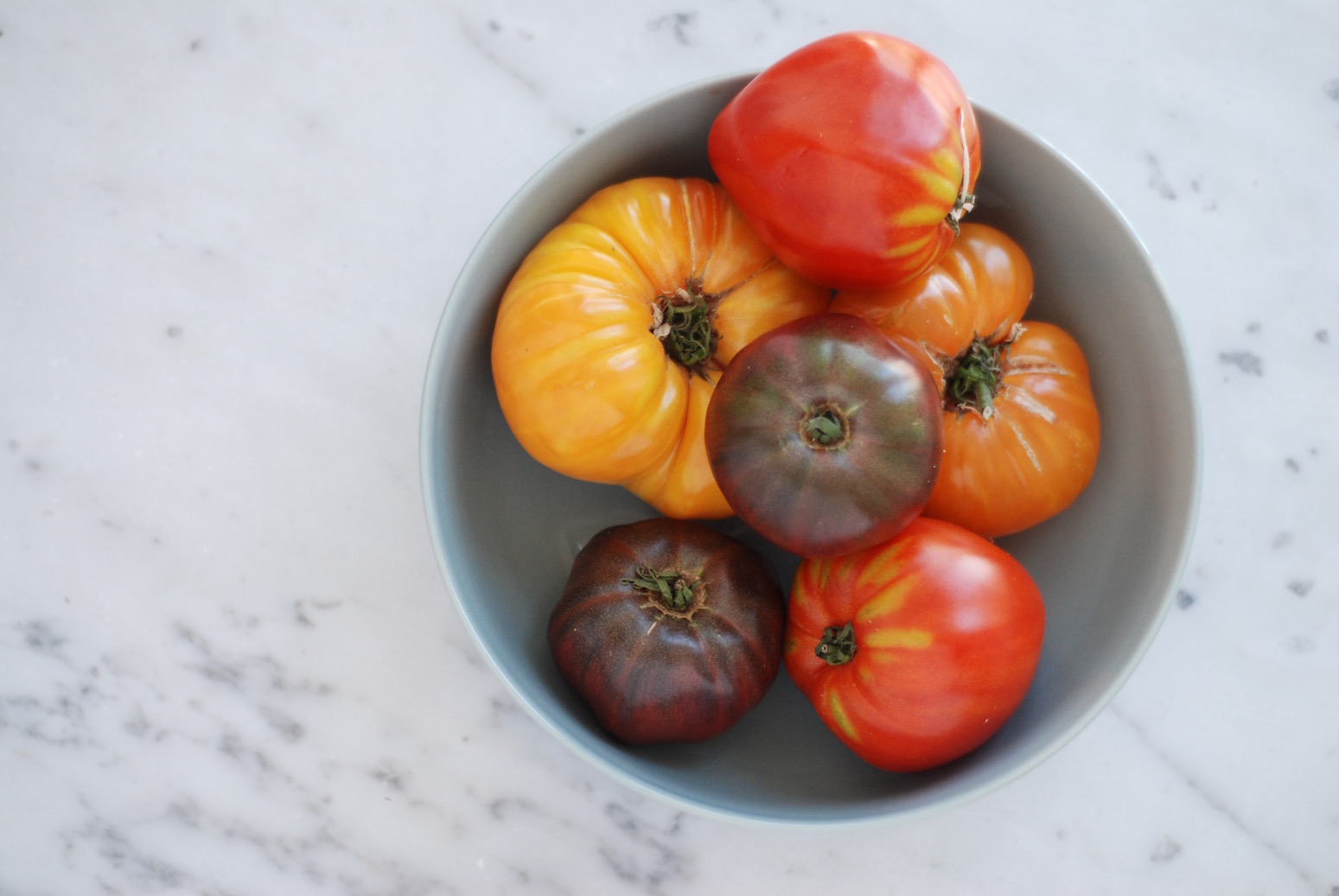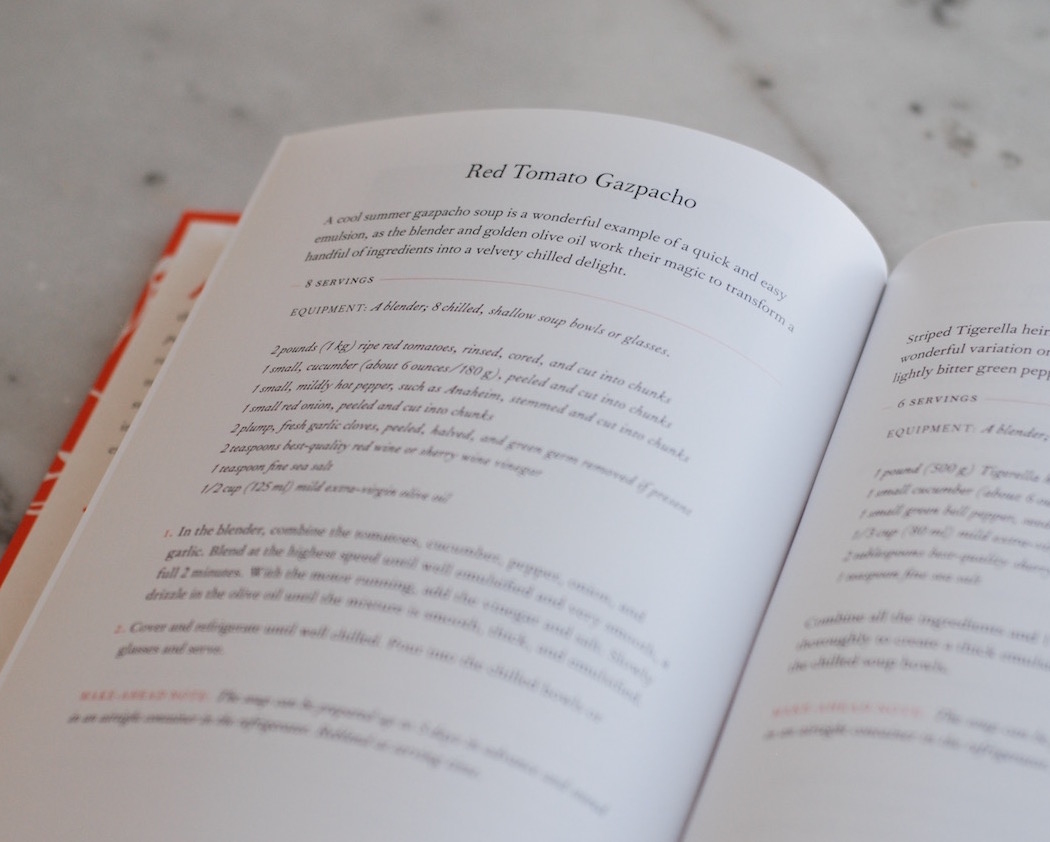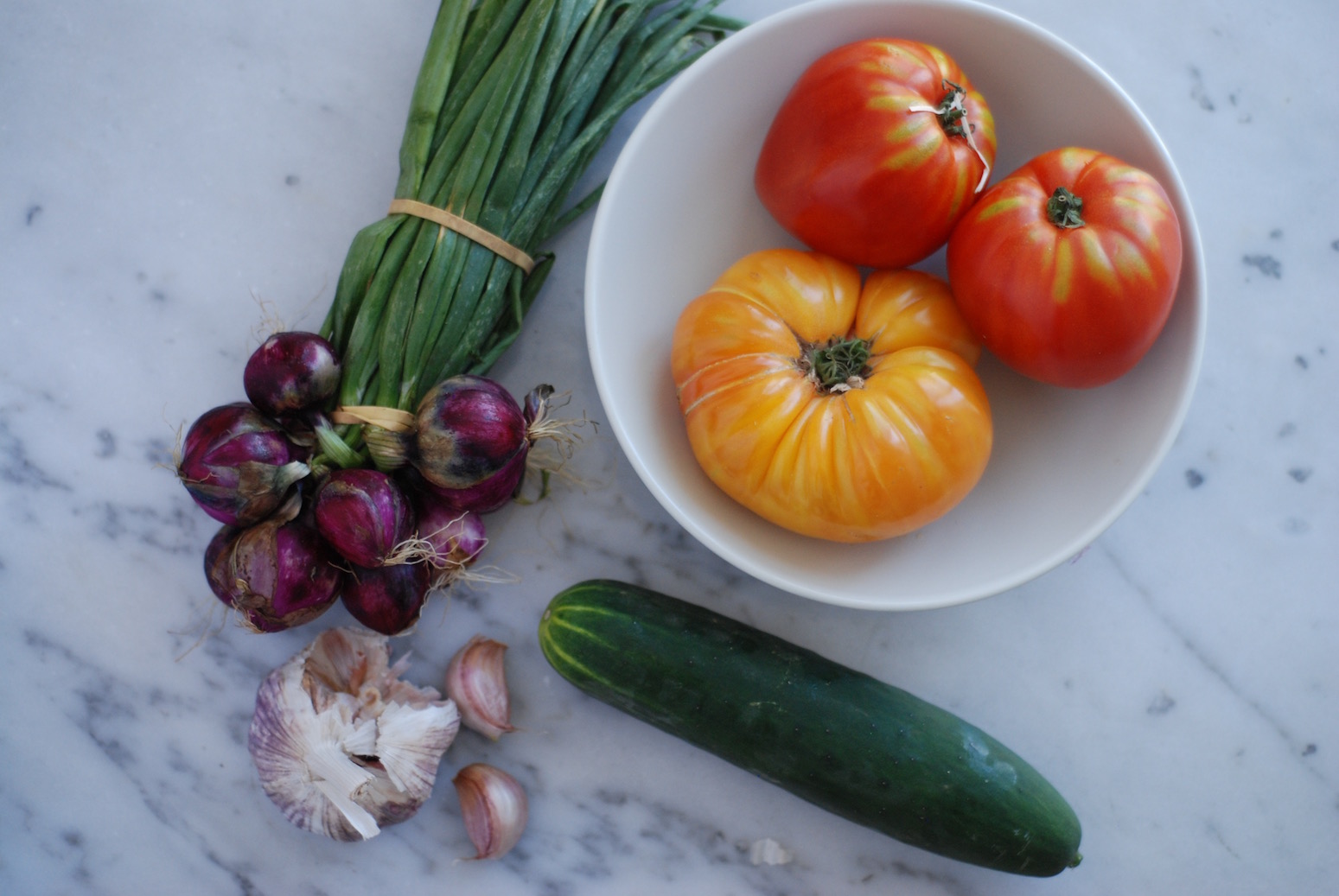With this Nourish the Planet recipe we’ve taken my classic lemon tart recipe and given it a planet-friendly makeover, swapping out water-thirsty almonds for hazelnuts (which have a much lighter water footprint), butter for olive oil in the pastry and sugar in the lemon curd for my own organic honey. In the end, small changes can make a big difference. The pat in the pan pastry is truly "as easy as pie” and the lemon curd filling is a bright and fragrant contrast to the earthy crust. The garnish of sliced kumquats, lemon thyme, and a dusting of sumac is inspired by the exquisite lemon tart from the talented Moko Hirayama, co-chef with her husband Omar Koreitem at the popular Paris restaurant Mokonuts, in the 11th arrondissment.
EQUIPMENT: A food processor; a 10-inch (26 cm) tart pan with a removable bottom; a baking sheet; a fine-mesh sieve; a 3-quart (3 l) saucepan.
INGREDIENTS
OLIVE OIL PASTRY
2 tablespoons hazelnuts
1 cup plus 2 tablespoons (160 g) unbleached, all-purpose flour
1/3 cup (40 g) organic, lemon-scented cane sugar
1/2 teaspoon fine sea salt
1/3 cup (80 ml) extra-virgin olive oil
1 large egg, free-range and organic
LEMON AND OLIVE OIL CURD
1/3 cup (125 ml) freshly squeezed lemon juice, preferably organic
½ cup (125 ml) light, liquid, organic honey
1 tablespoon cornstarch
2 large eggs, free-range and organic
2 large egg yolks, free-range and organic
Grated zest of 2 lemons, preferably organic
1/3 cup (80 ml) light-flavored extra-virgin olive oil
GARNISH
Minced fresh thyme leaves, very thin rounds of limequats, kumquats, or lemons cut into thin rounds on a mandoline, a fine sprinkle of sumac powder (see Note)
METHOD
1. Center a rack in the oven. Preheat the oven to 400°F (200°C).
2. In the food processor, grind the hazelnuts to a powder. Add the flour, sugar, and salt, and process to blend. In a bowl, whisk together the olive oil and egg. Pour the mixture through the tube of the food processor and pulse just until the mixture comes together into a rough ball.
3. Place the dough in the center of the tart pan. Work outward from the center and press evenly to cover the bottom and sides of the pan. Working around the edge, use your fingertips to press the dough firmly into the corners of the pan. Go around the edge once more, pressing the dough up the sides and into the fluted edge. Use your thumb to level off the top edge. To help make for a level bottom and sides of crust, line the bottom of the tart with baking parchment. Using a metal measuring cup, smooth the bottom and sides by pressing gently and evenly. Remove the parchment paper. Place the tart shell on a baking sheet. Place the baking sheet in the oven and bake until golden brown, 12 to 15 minutes. Transfer to a rack to cool.
4. Prepare the Lemon and Olive Oil Curd. Place the sieve over a bowl.
5. In the saucepan, whisk together the lemon juice, honey, cornstarch, eggs, and egg whites. Make sure everything is thoroughly mixed. Place the saucepan over medium-low heat and bring a gentle boil, whisking regularly but not constantly, for about 7 minutes. Watch carefully, and do not allow the eggs to scramble. Remove the saucepan from the heat and strain through the sieve, discarding the contents of the sieve, which may contain bits of cooked egg white. Whisk in the lemon zest. Whisk in the olive oil, whisking vigorously until smooth and well combined.
6. Pour the lemon curd into the cooled pastry shell, spreading gently and evenly, shaking the pan lightly to smooth out the top. For best flavors, the tart should be consumed within 24 hours. Remove the tart from the tin and cut into 8 wedges. Garnish with minced thyme leaves, thin slices of citrus, and ground sumac.
Ingredient note
The sumac bush, native to the Middle East, produces deep red berries, which are dried and ground into a fine, colorful powder. Ground sumac pairs well with lemons, since on its own has a tangy, citrusy flavor.
Nourish note
Don’t toss the egg whites! They will keep in the fridge for 2-4 days and in the freezer for up to 12 months and can be used for meringues, pavlovas, mousses and other desserts.
This is an original recipe created for Nourish the Planet, a collaborative series by Patricia Wells and Emily Buchanan. © 2020 – All rights reserved. Please do not reproduce without permission.
Find our more here about why we created this series.










